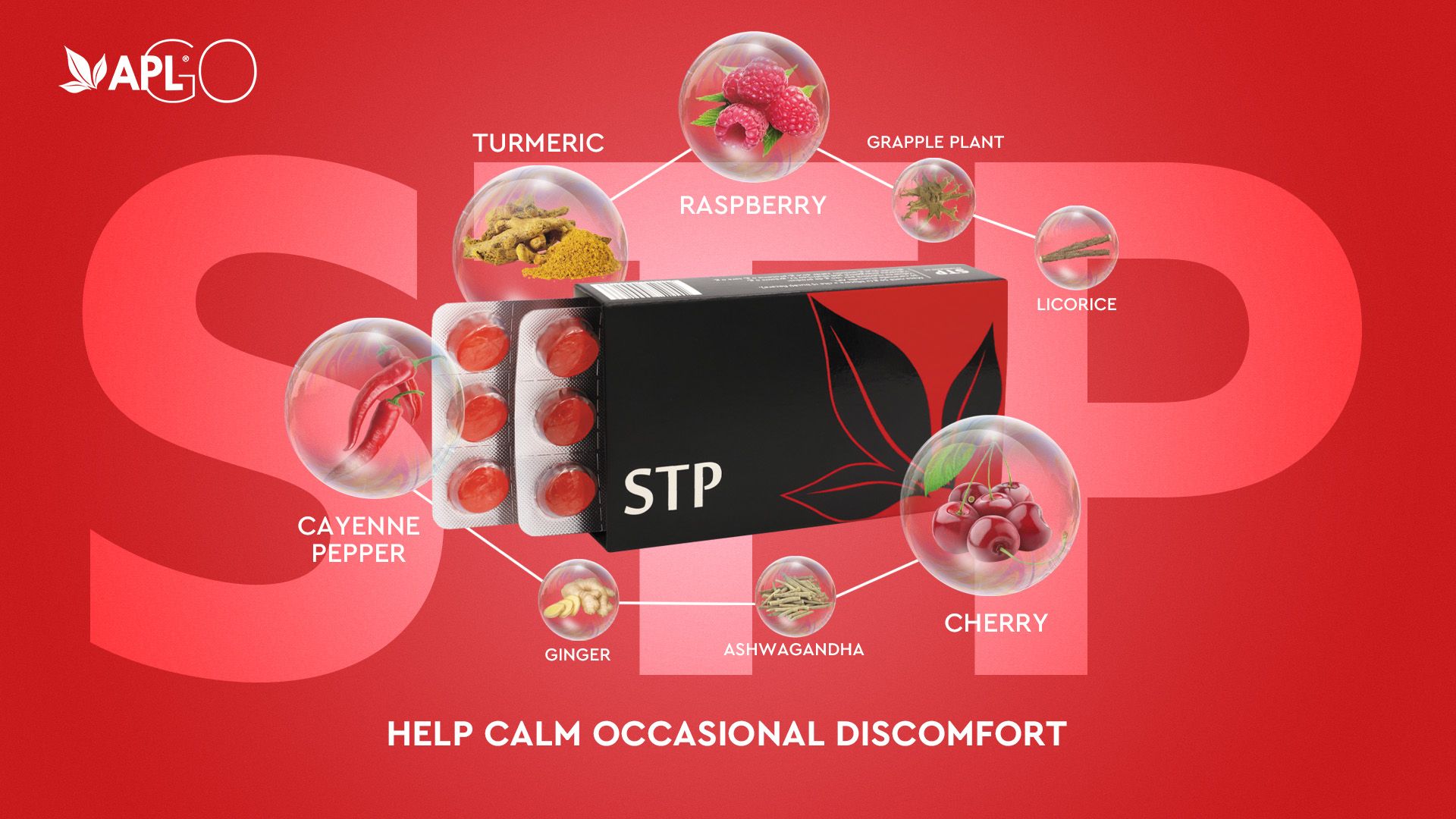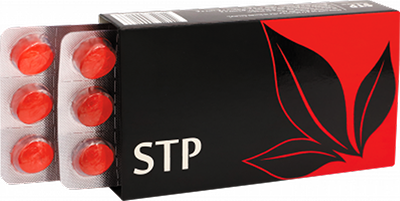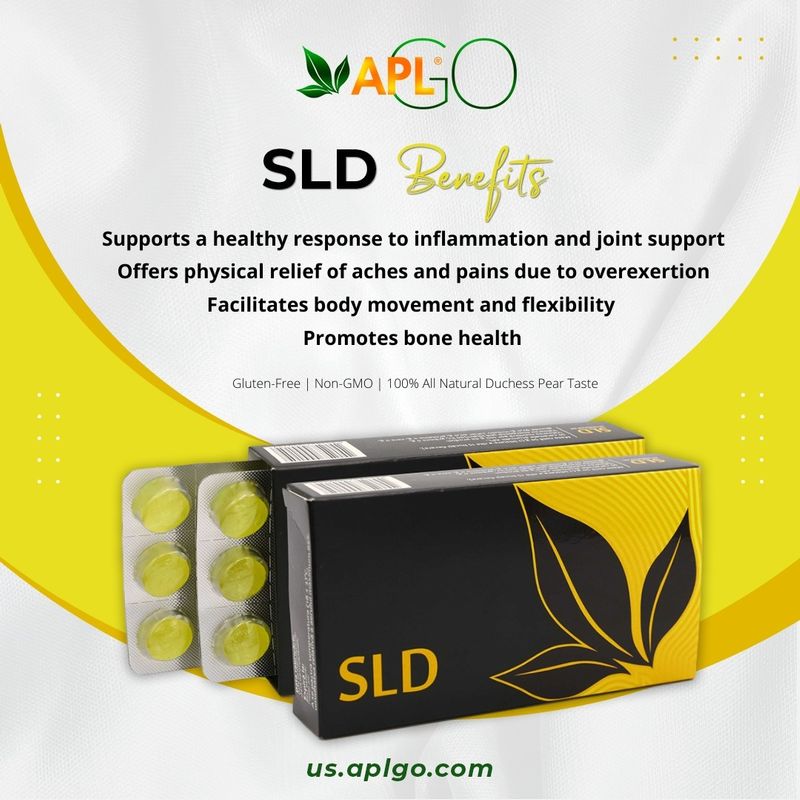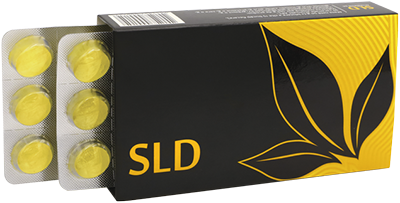Sciatica is characterized by pain that radiates along the path of the sciatic nerve, which extends from your lower back, through your hips and buttocks, and down each leg. Typically, it affects only one side of the body. The sensation can vary from a mild ache to a sharp, burning feeling or severe discomfort.
While professional medical advice is crucial for an accurate diagnosis and a personalized treatment plan, here are some common approaches and remedies that can help alleviate sciatica pain:
1. Heat and Cold Therapy
- Cold Packs: During the initial 48-72 hours after pain onset, apply an ice pack (wrapped in a cloth) to the affected area for 15-20 minutes, several times a day. This can help reduce inflammation and numb the pain.
- Heat Packs: After the initial period, you can switch to heat. A hot pack, heating pad, or a warm bath can help relax tense muscles and increase blood flow, potentially aiding in healing. Alternating between heat and cold may also provide relief.
2. Over-the-Counter Pain Relievers
- Nonsteroidal anti-inflammatory drugs (NSAIDs) such as ibuprofen (e.g., Advil, Motrin IB) or naproxen (e.g., Aleve) can help reduce both inflammation and pain.
- Acetaminophen (e.g., Tylenol) can also offer pain relief, though it does not address inflammation.
- SLD (Slide): This product is frequently highlighted for supporting joint and connective tissue health and flexibility. Ingredients often include turmeric, ginger, and green-lipped mussel. Given its focus on joints, this is one that some users might associate with general musculoskeletal comfort, though again, it's not a treatment for specific pain conditions like sciatica.
STP (Stop): Marketed to help support the body's response to everyday discomfort and inflammation. Contains ingredients like cherry, turmeric, and ginger. Users often associate this with general pain management.
3. Gentle Exercise and Stretching
- Stay Active: While a brief period of rest might be helpful initially, prolonged bed rest can often worsen sciatica. Gentle movement can help reduce inflammation and strengthen supporting muscles.
- Walking: Short, frequent walks on a flat, even surface can be beneficial.
- Stretching: Targeted stretches for the lower back, glutes, and hamstrings can help relieve pressure on the sciatic nerve. Examples include knee-to-chest stretches, piriformis stretches, and gentle hamstring stretches. Always perform these gently and stop if you experience increased pain.
- Low-Impact Activities: Activities like swimming or cycling on a stationary bike are good options as they put less stress on the spine.
- Yoga and Pilates: Under the guidance of an instructor who understands your condition, these disciplines can improve flexibility, strengthen core muscles, and enhance posture.
4. Proper Posture and Ergonomics
- Sitting: Use a chair with good lumbar support. Keep your feet flat on the floor and avoid sitting for extended periods. Take frequent breaks to stand and move around.
- Standing: If you stand for long durations, use a footrest to alternate weight distribution between your feet.
- Lifting: Always lift objects with your legs, keeping your back straight and the object close to your body.
5. Massage Therapy
- A gentle massage can help relax tight muscles in the lower back, glutes, and legs, which may be contributing to sciatic pain.
6. Sleep Position
- Sleeping on your side with a pillow between your knees, or on your back with a pillow under your knees, can help maintain proper spinal alignment and reduce pressure on the sciatic nerve.
- Ensure your mattress provides adequate support.
When to See a Doctor:
It is important to consult a healthcare professional, such as your doctor, a physical therapist, or a chiropractor, if:
- Your pain is severe, persistent, or worsening.
- Your symptoms do not improve after a few weeks of self-care.
- You experience sudden, severe pain in your lower back or leg accompanied by numbness or muscle weakness in the affected leg.
- You develop bowel or bladder control issues, as this could indicate a more serious underlying condition.
Back to Table of Contents
ADVERTISEMENT

Find Relief and Rejuvenation with STP
STP is your natural ally in soothing discomfort and supporting recovery. This carefully crafted blend of Ginger, Licorice, Devil’s Claw, Turmeric, Cayenne Pepper, Cherry, Raspberry, and Ashwagandha stimulates the body's natural repair process, helping you bounce back from overexertion, minor injuries, and daily fatigue. Experience the calming effect and support for healthy circulation, all in a delicious lozenge drop powered by Acumullit SA® technology for rapid nutrient delivery.Ginger is celebrated for its anti-inflammatory and pain-relieving properties. Licorice supports adrenal function and helps manage stress. Devil's Claw is traditionally used to alleviate joint pain and inflammation. Turmeric, with its active compound curcumin, offers potent antioxidant and anti-inflammatory benefits. Cayenne Pepper can help to relieve pain. Cherry and Raspberry are rich in antioxidants. Ashwagandha is an adaptogen that helps the body cope with stress and promotes overall well-being.

ADVERTISEMENT

Soothe Discomfort & Boost Movement with SLD by APLGO!
Experiencing physical discomfort or stiff joints from daily activities or overexertion? APLGO's SLD is designed to support your body's healthy inflammation response to exercise and calm discomfort, helping you maintain freedom of movement. Our advanced Acumullit SA® lozenge drops deliver a powerful blend of whole food ingredients directly to your system, supporting joints, muscles, and overall skeletal health.
